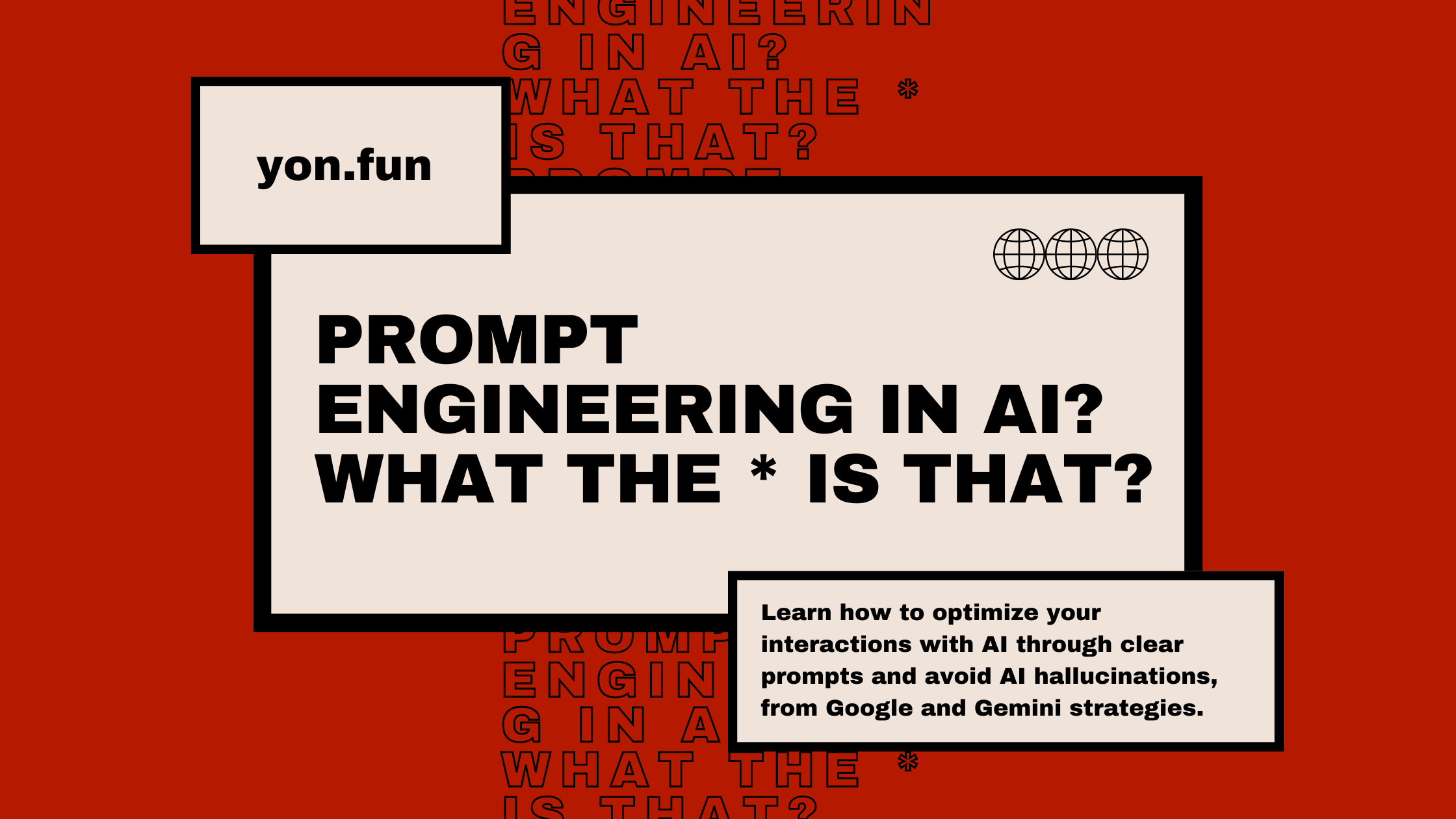Skip the Setup Fees: Train ChatGPT as your Product Specialist
In this guide, we explore how startups can use ChatGPT to bring implementation software costs down to $0.


In an era where startups are pushing the boundaries of innovation, one often-overlooked hurdle stands in the way: the high cost and complexity of software onboarding.
As new enterprises seek to employ the latest digital solutions, the need for a smooth and cost-effective implementation becomes a paramount concern. Startups, with their limited budgets and agile operating styles, can find these setup costs and the involvement of implementation partners a major setback. But what if there was a way to circumvent these traditional processes, and turn instead to an advanced AI model to assist with software setup?
This is where OpenAI's Chatbot, ChatGPT, comes into play. As a novel alternative to human implementation partners, ChatGPT, armed with the right tools and instructions, could revolutionize the software onboarding experience, drastically reducing costs and streamlining the process. In this article, we delve into how startups can use this technology to their advantage.
The Problem with the Traditional Model
It's no secret that the traditional model of software setup and onboarding is fraught with challenges and expenses. Hiring an implementation partner often means budgeting for substantial setup fees. This expense not only impacts the overall cost of software ownership but can also stretch the financial resources of startups, where every dollar counts.

With the conventional approach, the process is also time-consuming. The time lag from software acquisition to its full operational status can take weeks or even months, depending on the complexity of the software. This delay can stifle a startup's momentum and slow down its pace of innovation.
Moreover, relying on an external implementation partner can lead to a loss of control over the onboarding process. In instances where changes or adjustments need to be made, startups might find themselves beholden to the schedules and availabilities of these partners.
The traditional model, while reliable, has become increasingly incompatible with the dynamic, fast-paced nature of today's startup culture. In this digital age where agility and cost-efficiency are paramount, the need for a more innovative and cost-effective solution to software onboarding is undeniable.

Using ChatGPT as your implementation partner
In the search for a solution that aligns with the needs of modern startups, we turn our attention to the realm of Artificial Intelligence (AI), specifically, OpenAI's ChatGPT. This advanced language model is no stranger to generating human-like text, answering queries, and even offering step-by-step guidance on various tasks. So, why not leverage it for software setup?
ChatGPT could serve as your "virtual implementation partner", providing the necessary assistance in setting up new software solutions. The concept is simple and straightforward - by feeding ChatGPT with the right instructions or manuals, startups can use it as a tool for software setup and onboarding.
But how can ChatGPT access this information, and what do startups need to do to get the most out of this AI model for their software setup needs? In the following sections, we will delve into the specifics, demonstrating how the 'AskYourPDF' plugin can be used to upload relevant documents to ChatGPT, and how to prime the AI model to efficiently guide the onboarding process.
Using 'AskYourPDF' to upload a PDF to ChatGPT
Once you've established the idea of using ChatGPT as your implementation partner, the next logical question is, how do you feed it the information it needs to guide you through software setup? This is where the 'AskYourPDF' plugin comes into play.

'AskYourPDF' is one of several plugins compatible with the GPT-4 model that allows you to upload PDF files directly into ChatGPT's framework. It essentially turns your PDFs into a conversational database that can be accessed and utilized by ChatGPT to provide you with the information you need.
The process is relatively straightforward: you upload your software manual or instructional PDF into 'AskYourPDF', and it integrates the contents into ChatGPT. Once the content is uploaded, it becomes a knowledge source that ChatGPT can reference when answering your queries about the software.
It's important to note that 'AskYourPDF' is not the only plugin capable of performing this function. There are several other PDF plugins that also offer the ability to feed data from PDFs into ChatGPT. Each comes with its unique features and usability, so it's recommended to explore and choose the one that suits your startup's needs the best.
Regardless of the plugin you select, the result is the same: you get an AI implementation partner that's well-versed in the specifics of your newly acquired software, ready to guide you through the setup process without the hefty price tag associated with traditional implementation partners.

Learn more about AI
Stay updated with new articles about AI and prompting!
No spam. Unsubscribe anytime.
Priming ChatGPT with a Description of the service
In addition to the PDF upload via 'AskYourPDF', another approach to preparing ChatGPT as your implementation partner is directly feeding it with the software's rules or instructions. This method involves utilizing a methodology known as a "chain of thought" prompt.
In essence, you can copy and paste the key instructions, rules, or procedures of your software service directly into ChatGPT as a continuous chain of thought prompt. This method primes ChatGPT with a comprehensive understanding of your software and its functionalities.
The beauty of this process lies in its simplicity. You don't need any special plugins or additional tools. All you need to do is format your instructions as a conversational prompt and enter it into ChatGPT.

Once the AI has been primed with this information, you can then ask it to provide step-by-step guides for various tasks related to your software. The primed ChatGPT now acts as your personalized guide, ready to provide precise, detailed, and contextually accurate responses to your queries regarding your software setup and usage.
Keep in mind that the effectiveness of this method relies heavily on the quality and accuracy of the information you provide. The more detailed and clear your initial instructions are, the more reliable and helpful ChatGPT's responses will be.
How to Ask ChatGPT Questions
Now that you've set up ChatGPT with your software's rules and procedures, the next step is to understand how to effectively communicate your questions to this advanced AI model. The key here is to be explicit with your queries, asking for "step-by-step" guides to tasks and using precise terminology to ensure you get the most accurate and useful responses.
Consider the following examples: instead of asking "How do I set up the software?" — a query that is somewhat vague — you could ask, "Can you provide a step-by-step guide to installing and configuring the software on a Windows 10 operating system?" The second question is specific and clearly states what you need.
To further illustrate the point, let's look at some more examples in the following table:
| Question | Intended Result |
|---|---|
| How do I use the software? | Vague, the AI might not know exactly what aspect of the software you need help with. |
| Can you provide a step-by-step guide on how to create a new project using the software? | Clear and explicit, ChatGPT will provide a sequence of steps to create a new project in the software. |
| What's the software's function? | Too general, ChatGPT might list all functions which could be overwhelming. |
| Can you explain how to use the data analysis feature of the software in detail? | Specific, ChatGPT can focus on explaining the data analysis feature thoroughly. |
As you can see, asking ChatGPT explicit, detailed questions yields more precise and helpful responses. The phrase "step-by-step" is particularly useful when asking for instructions or procedures. Remember, the more detail you give, the more detail you get.
Pros and Cons of Using ChatGPT as Your Implementation Partner
The shift towards using an AI model like ChatGPT for software setup is undeniably enticing, particularly for startups keen on saving costs and increasing efficiency. However, as with any new approach, it's crucial to weigh the pros and cons.
Pros:
- Cost savings: By using ChatGPT, startups can sidestep the traditionally high cost of onboarding and training a human specialist. With the right PDF instructions uploaded, the AI becomes a one-time investment, delivering value far beyond its initial cost.
- Ease of access: ChatGPT is available 24/7, ready to answer questions and guide users through the setup process at any hour of the day. This on-demand availability reduces downtime and improves productivity.
- Full control: With ChatGPT, startups maintain full control over the onboarding process. They can pace the learning and setup according to their schedule and comfort level, rather than being dependent on the availability and pace of a human specialist.
Cons:
- Potential for missed details: While ChatGPT is highly advanced, it is not infallible. It depends entirely on the information it's given. If the uploaded instructions miss certain steps or nuances, the AI might miss them too.
- Lack of human intuition: An AI model does not have the human ability to infer or guess at what might not be explicitly stated in the instructions. It operates solely based on the input it receives and can't anticipate needs or issues the way a human could.
- Need for precise questioning: As mentioned in the previous section, to get the most from ChatGPT, you need to ask precise, explicit questions. This might require some adjustment and practice.
Despite these potential drawbacks, using ChatGPT for software setup presents an innovative solution that could revolutionize how startups onboard software. The flexibility and cost-effectiveness of this AI model make it a worthy contender to traditional methods.
The landscape of software onboarding is poised for transformation. Startups, always at the forefront of innovation, can now leverage advanced AI models like ChatGPT to significantly cut costs, streamline processes, and maintain full control of their software setup.
The integration of 'AskYourPDF' and other plugins, coupled with effective priming of ChatGPT, can potentially replace the need for costly human implementation partners. By understanding the nature of AI interaction and mastering the art of specific questioning, startups can draw substantial value from this model.
However, it's essential to remember the caveats, such as the potential for missed details and the absence of human intuition. These challenges, while significant, offer opportunities for continuous learning, improvement, and technological advancement.
Ultimately, as AI continues to evolve, the question is not if but when traditional onboarding processes will adapt to these digital disruptors. When they do, startups using AI like ChatGPT may well have the competitive advantage.
























